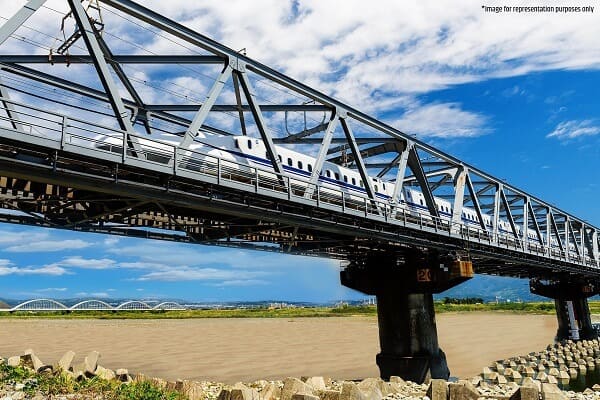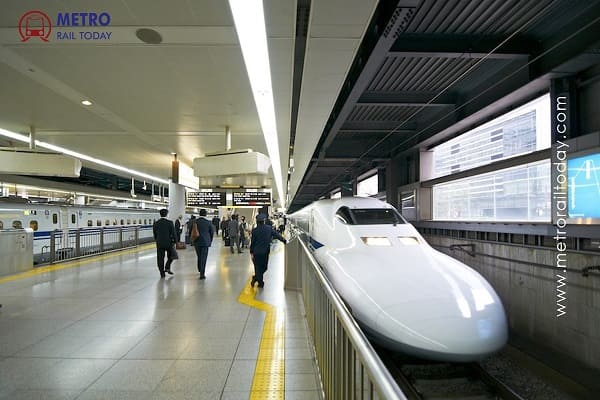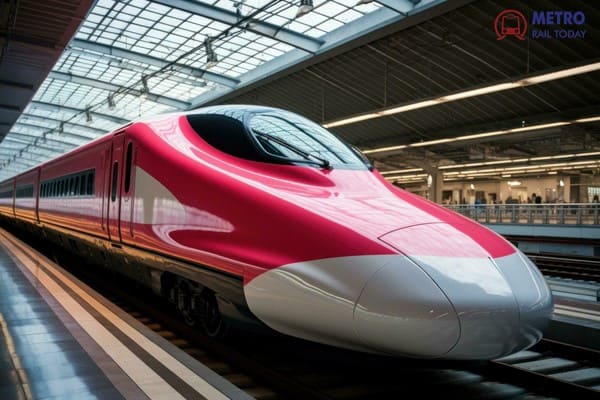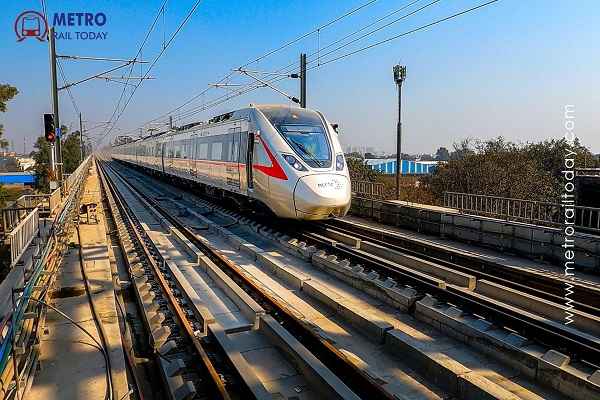 NCRTC Introduces Drone-Based OHE Monitoring on Delhi-Meerut Namo Bharat RRTS Corridor
NCRTC Introduces Drone-Based OHE Monitoring on Delhi-Meerut Namo Bharat RRTS Corridor Iraq approves contract for 90 km Najaf–Karbala Metro Rail Project
Iraq approves contract for 90 km Najaf–Karbala Metro Rail Project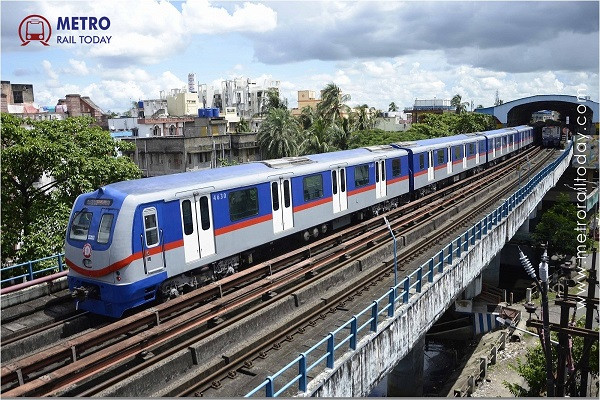 Subhransu Sekhar Mishra takes charge as new General Manager of Kolkata Metro Railway
Subhransu Sekhar Mishra takes charge as new General Manager of Kolkata Metro Railway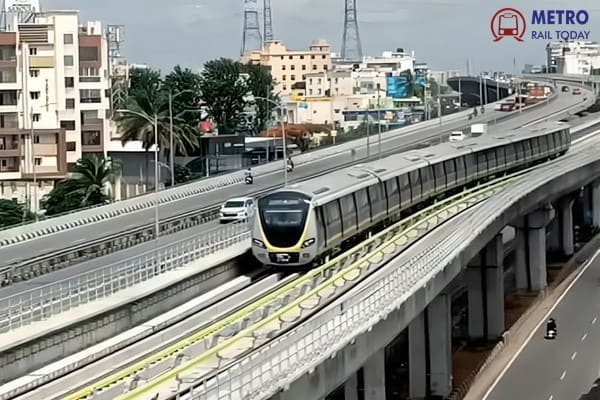 Hitachi Rail GTS India Wins ₹76 Crore AFC Contract for Bangalore Metro Phase 2A & 2B
Hitachi Rail GTS India Wins ₹76 Crore AFC Contract for Bangalore Metro Phase 2A & 2B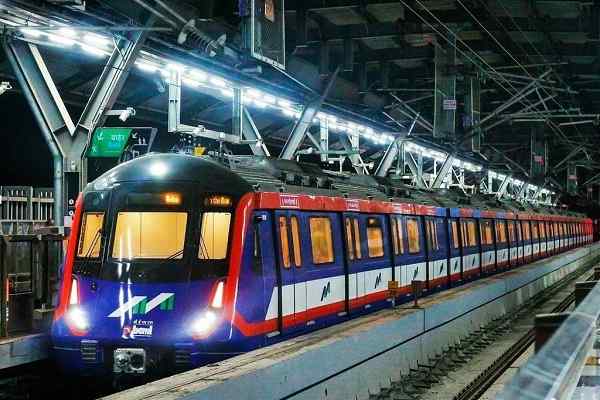 L&T Technology Services Bags ₹70 Crore AFC Contract for Mumbai Metro Line 7A & 9
L&T Technology Services Bags ₹70 Crore AFC Contract for Mumbai Metro Line 7A & 9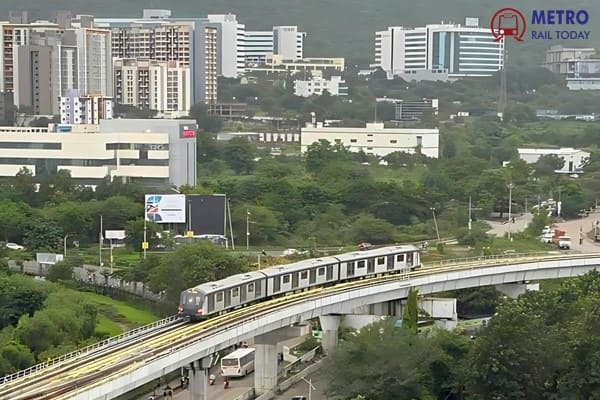 Larsen & Toubro Bags ₹4,788 Crore System Contract for Mumbai Metro Line 4 & 4A
Larsen & Toubro Bags ₹4,788 Crore System Contract for Mumbai Metro Line 4 & 4A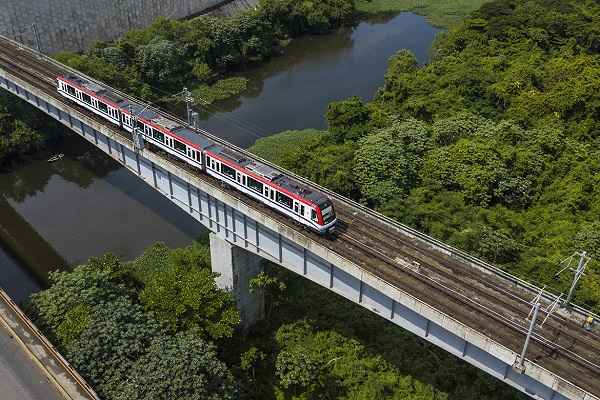 Poland unveils 29-km new metro rail plan for Krakow with 10-years deadline
Poland unveils 29-km new metro rail plan for Krakow with 10-years deadline BEML seeks Expression of Interests from Global Leaders for Indigenous TBM Manufacturing in India
BEML seeks Expression of Interests from Global Leaders for Indigenous TBM Manufacturing in India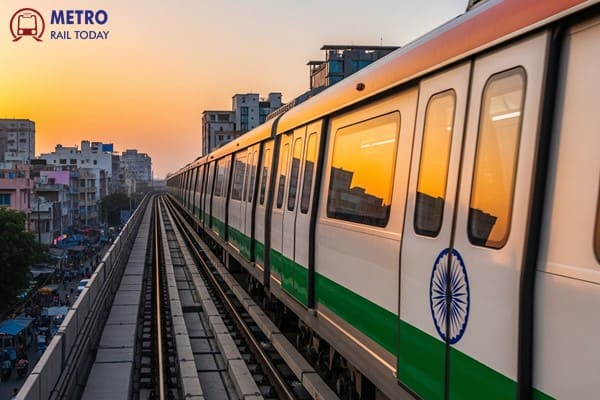 Lucknow Orbital Rail Corridor set to redefine Northern India's connectivity and Logistics Landscape
Lucknow Orbital Rail Corridor set to redefine Northern India's connectivity and Logistics Landscape Evelyn Palla appointed CEO of Deutsche Bahn AG, Becomes First Woman to lead the company
Evelyn Palla appointed CEO of Deutsche Bahn AG, Becomes First Woman to lead the company
Vaishnaw visits Japan to fast-track the ₹1.08 crore Mumbai-Ahmedabad Bullet Train Project
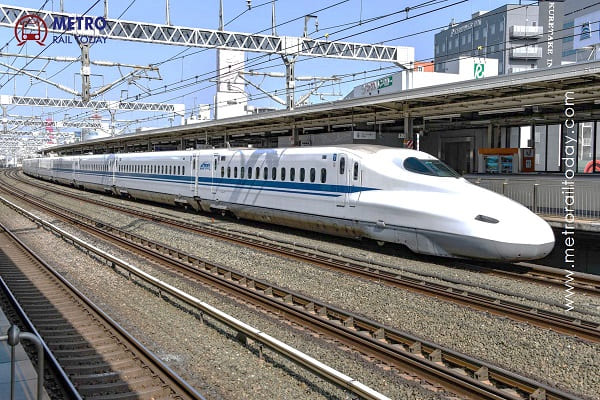
New Delhi, India (Metro Rail Today): The ₹1.08 lakh crore Mumbai-Ahmedabad Bullet Train project has received a significant boost with India and Japan agreeing to collaborate more closely to accelerate its development. During a recent visit to Japan, Indian Railway Minister Ashwini Vaishnaw and Japanese officials confirmed their commitment to fast-track the project, with the goal of completing at least a section of it by 2026.
This high-speed rail initiative, which aims to drastically cut travel time between Mumbai and Ahmedabad, is expected to revolutionize India’s transport network. The ambitious project is a joint effort between the two countries, with Japan contributing key technology and funding. However, the project had faced delays due to concerns over meeting the 2026 deadline, prompting India to explore alternative sourcing options, including turning to European suppliers for certain components.
The renewed commitment between India and Japan comes after months of uncertainty over the timeline. Japan’s suppliers and technology providers were initially hesitant about committing to the ambitious timeline, which led India to consider outsourcing components such as the signaling system. However, following recent discussions, the two countries agreed to make all critical decisions jointly moving forward, ensuring more efficient sourcing of materials and streamlining processes.
India is particularly keen to complete a section of the project by 2026, ahead of the Gujarat state elections, which are expected in 2027. The project, approved by India’s Cabinet in December 2015, aims to reduce the travel time between the two cities from over 7 hours to just about 2 hours, boosting connectivity and economic growth.
The Mumbai-Ahmedabad Bullet Train project is more than just a transportation initiative; it is a symbol of the growing ties between India and Japan. The Japanese government is providing a low-interest loan for the project, which will fund the construction of India’s first high-speed rail system. Japan’s expertise in high-speed rail technology will play a pivotal role in ensuring the success of the project.
Officials from both nations are set to meet in the coming weeks to iron out the details and take steps to move the project forward, with the shared goal of minimizing delays and achieving steady progress. The project is expected to not only enhance transportation but also stimulate economic activity by improving business and tourism links between Mumbai and Ahmedabad.
The Mumbai-Ahmedabad Bullet Train project is set to transform India’s infrastructure landscape, introducing high-speed rail travel that will make commuting between the two cities faster, greener, and more efficient. With India and Japan now working together more closely, the chances of completing the project on time have significantly improved, and the dream of a high-speed rail corridor in India is closer to becoming a reality.





